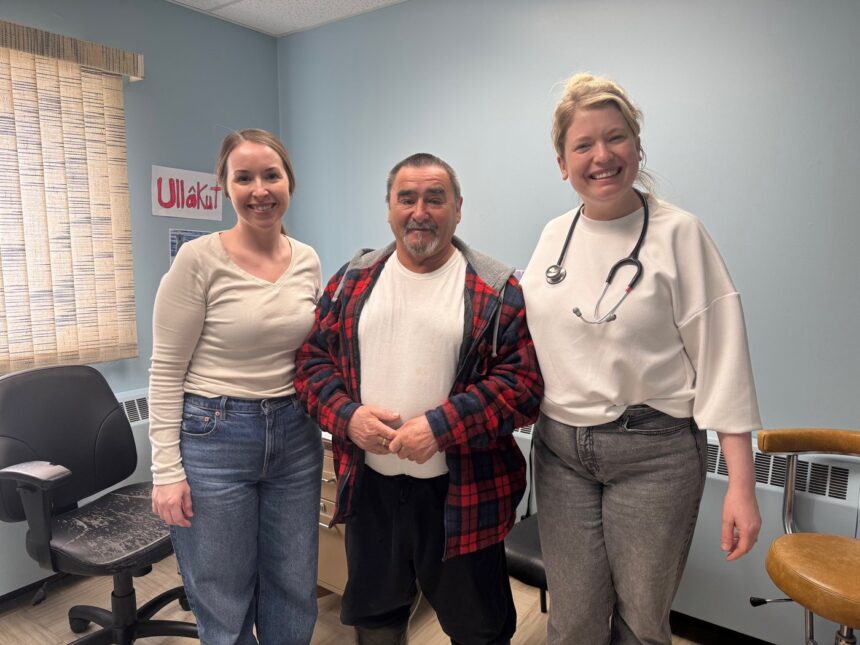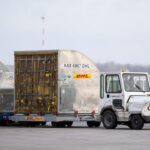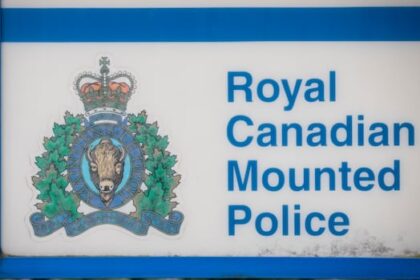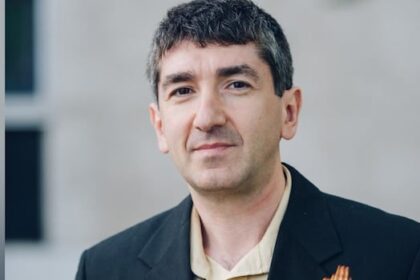Health-care access in rural and remote areas can be limited at best. When it comes to specialized services, virtual appointments can be the only option, or there may be nothing available at all. For residents on the North coast of Labrador, they often have to travel to Happy Valley-Goose Bay or all the way to the island to receive the specialized care they need. In 2024, NL Health Services’ provincial Comprehensive Respiratory Care (CRC) team established a partnership with the health-care team in Labrador to offer virtual services for the first time in Nain. The CRC team aims to improve and promote lung health through bridging the gap between acute and community care, and improving access to evidence-based specialized care. After offering those virtual services successfully, they later expanded that partnership and offered the first travel clinics in Happy Valley-Goose Bay, Hopedale and Nain during the week of May 5-9, 2025. “We have been serving and supporting patients in coastal Labrador for the past year, but that was primarily virtually,” said Dr. Gokul Vidyasankar, the program’s medical director and division head of respirology. “But the opportunity presented itself to send our respiratory therapist directly from St. John’s to Labrador with their equipment to do testing on site, and so it was a great opportunity to bring the services directly to them in person.” What specific services does the CRC program provide? The first service that CRC started with was called the Inspired program, explained Dr. Vidyasankar. “This started out of Halifax about 15 years ago,” he said. The program focuses on individuals who have a diagnosis of chronic obstructive pulmonary disease (COPD) and have had a recent severe flare-up. “What that means is someone that ended up in the emergency room or hospitalized because of their COPD,” he explained. “So that program connects those patients to a respiratory therapist in the community for a period of one year, where they go through things like education of the disease, inhaler review, and preventative strategies to try to prevent those flare-ups from happening again. “The goal here is to keep people with COPD who are vulnerable living better and living longer in the community.” There are also education clinics, where there would be a one-or two-time visit where patients would have an opportunity to meet with their respiratory therapist in a clinic setting as an outpatient. The key focus remains around educating patients on their disease. Whether that be education for COPD, asthma, review inhalers, or get spirometry for validation if needed. “Our clinic has seen over 2,000 patients since we started that about four years ago,” he explained. “The other thing we offer is something called pulmonary rehabilitation, which is an evidence-based strategy to again improve the lives of people with chronic respiratory disease — the primary goal is to allow them to live better in the community.” Is there a significant need for respiratory care? According to Dr. Vidyasankar, there is still a fairly high rate of smoking in the province. “Some estimates would say close to 10 per cent, or so,” he explained. “And there are pockets in this province where the rates are even higher than that, and I think coastal Labrador would be one of those regions. “One thing about respiratory diseases like COPD and asthma is that it’s often undiagnosed or misdiagnosed because they don’t get that formal testing to validate it. So I think the need is there because the population is at risk with the smoking prevalence.” The lack of testing means that a lot of people may be living with COPD or asthma and are unaware of it. What are the benefits of in-person care? “The project’s mandate is to try to bring care closer to people where they live as much as possible, but based on the vast geography of this province, that’s not always possible,” explained Dr. Vidyasankar. “So one limitation of virtual care is the testing piece.” For example, to test for COPD and asthma, there’s something called spirometry. Spirometry is the fundamental test to diagnose these conditions. “That’s something you can’t do virtually,” he said. “You need someone on the ground that has the expertise in this testing to offer it, and so that was the main drawback of the virtual care, is the disease validation.” In the case of the travel clinics, their respiratory therapists took their spirometer with them and did the testing on site in the nursing stations on the coast. Are we in need of a cultural change? Traditionally, people have to travel to larger sites all the time to receive the care they need. “Pre-pandemic, we did this more often than we should have,” he explained. “We would bring people to the St. John’s site for like a 10 minute conversation, and then they would travel back to Labrador. “So, I think through the pandemic health care has changed dramatically.” This is where virtual appointments and consultations can help eliminate these barriers. Why was this the first travel clinic? The program has been in development for the past few years, explained Dr. Vidyasankar. “We finally got to the stage where we have the resources and the practice to bring the clinics to the coast,” he said. “It is expensive, right? So we did need to get some special funding for that.” The relationship between the CRC team and the groups on the ground in coastal Labrador and Happy Valley-Goose Bay was also instrumental in making these clinics happen, said Ashley Ryan, manager of the CRC program. “We’ve been working together now for about a year,” she explained. “Being able to collaborate up front was certainly important in terms of identifying the patients, looking at how the space and logistics of the day would go, how many appointments we’d be able to achieve in the time frame.” The flights and unpredictable weather are part of what makes the planning of travel clinics complicated. “We were fortunate that things all worked out,” she said. “So we did three different sites. So we were in Goose Bay and then went to Nain and Hopedale. So just trying to travel between the three sites was incredibly challenging, but we were successful in doing so. The weather was on our side.” “I would certainly credit the teams on the ground who have these fantastic relationships with their community.” How many patients were seen? In total, they were able to see about 55 patients, which is 55 residents who would have otherwise had to go to a larger facility for assessment, she explained. Rosie Harris, a resident of Nain, said that while her and her family were unaware of the clinics when they happened, her mother would have definitely gone. “If my mom knew about it, she would have went for sure because she’s dealing with chronic asthma and she gets sick a lot,” explained Harris. Will they do it again? Their goal is to connect with patients in the Labrador zone virtually on an ongoing basis, said Dr. Vidyasankar. The hope is that they will continue to have the travel clinics once or twice a year. “We felt that that was an invaluable experience for all of us. So as long as the funding allows for it, I think we’re game to keep it up,” he said. Anasophie Vallée is a Local Journalism Initiative reporter covering Indigenous and rural issues. Continue Reading
First health travel clinics offered in Happy Valley-Goose Bay, Nain and Hopedale, Labrador

Leave a Comment








